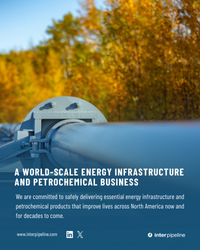After somewhat of a lull in U.S. LNG export growth through much of 2018, demand for feedgas has revved up this fall. Total feedgas deliveries to U.S. LNG export terminals topped 5 Bcf/d for the first time this past weekend, thereby also surpassing exports to Mexico for the first time. All five commercialized liquefaction trains — four at Cheniere Energy’s Sabine Pass and one at Dominion’s Cove Point LNG — are operating at or near full capacity for the first time. Simultaneously, commissioning activity is under way now for four new liquefaction trains, including the initial trains at two new export terminals. This steady gas demand is underpinned by gas pipeline expansions designed to provide more direct and economical connectivity between U.S. producing regions and the export terminals. Today, we continue our blog series looking at feedgas pipeline projects and their effect on feedgas flows, this time with a focus on Dominion’s Cove Point LNG.
In Part 1 of this series, we looked at recent changes at Cheniere Energy’s Sabine Pass Liquefaction terminal (SPL) in Cameron Parish, LA, that are driving incremental feedgas flows this winter — namely, the start-up activities for Train 5 and the in-service of a new feedgas route last week via Kinder Morgan Louisiana Pipeline. The combination of the two boosted the terminal’s feedgas receipts to an average of more than 3 Bcf/d in recent weeks, including several days that exceeded 3.7 Bcf/d. For now, Train 5 is still in the commissioning phase and its feedgas intake remains erratic. But it’s expected to be completed and fully operational in the first quarter of 2019.
We also noted last week that Cheniere is in the process of commissioning its first train at its Corpus Christi Liquefaction terminal, which began taking feedgas last month and produced its first cargo earlier in December. Since then, the operator also has filed a request with the Federal Energy Regulatory Commission (FERC) to begin testing the fuel gas system for Train 2, suggesting an accelerated pace for that unit. Separately, Sempra’s Cameron LNG, which began to commission its first train last month, began receiving its first trickle of feedgas flows this past week.
Join Backstage Pass to Read Full Article









